- Home
- Articles
- Architectural Portfolio
- Architectral Presentation
- Inspirational Stories
- Architecture News
- Visualization
- BIM Industry
- Facade Design
- Parametric Design
- Career
- Landscape Architecture
- Construction
- Artificial Intelligence
- Sketching
- Design Softwares
- Diagrams
- Writing
- Architectural Tips
- Sustainability
- Courses
- Concept
- Technology
- History & Heritage
- Future of Architecture
- Guides & How-To
- Projects
- Interior Design
- Competitions
- Jobs
- Store
- Tools
- More
- Home
- Articles
- Architectural Portfolio
- Architectral Presentation
- Inspirational Stories
- Architecture News
- Visualization
- BIM Industry
- Facade Design
- Parametric Design
- Career
- Landscape Architecture
- Construction
- Artificial Intelligence
- Sketching
- Design Softwares
- Diagrams
- Writing
- Architectural Tips
- Sustainability
- Courses
- Concept
- Technology
- History & Heritage
- Future of Architecture
- Guides & How-To
- Projects
- Interior Design
- Competitions
- Jobs
- Store
- Tools
- More
The Ultimate Furniture Selection Guide in Interior Design for Stunning Spaces
Discover the ultimate furniture selection guide to elevate your interior design! This article explores the art of choosing furniture that blends functionality with personal style while enhancing atmosphere. Learn essential tips on scale, materials, and color to create inviting spaces that reflect your taste and durability needs.

Choosing the right furniture can transform a space from ordinary to extraordinary. We all know that furniture isn’t just about function; it’s about creating an atmosphere that reflects our style and meets our needs. With countless options available, navigating the world of furniture selection can feel overwhelming, but it doesn’t have to be.
In this guide, we’ll explore essential tips and strategies for selecting the perfect pieces that harmonize with your interior design vision. From understanding scale and proportion to considering materials and colors, we’ll help you make informed decisions that elevate your home. Let’s dive into the art of furniture selection and discover how to create spaces that inspire and delight.
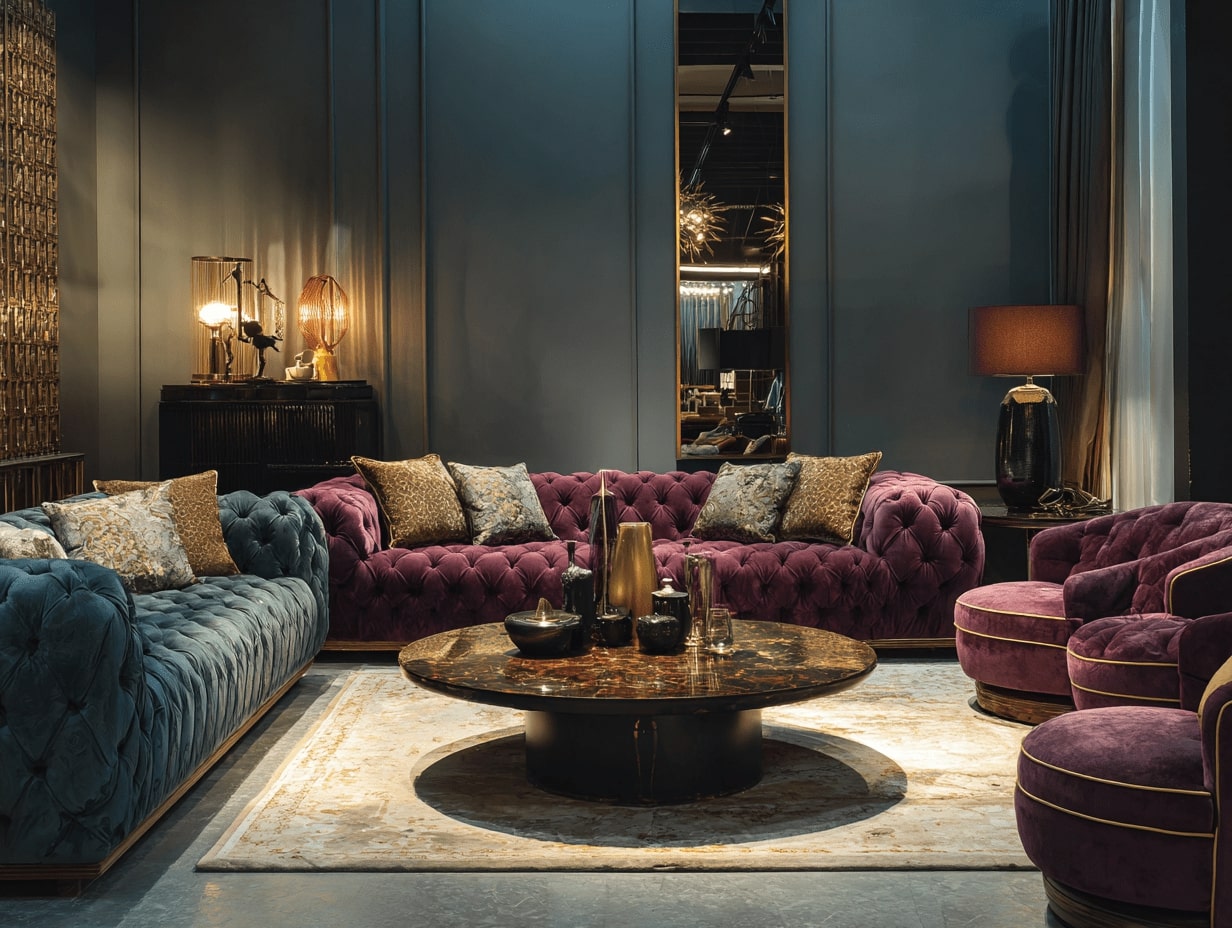
Table of Contents
ToggleImportance of Furniture Selection in Interior Design
Furniture selection plays a crucial role in interior design. It shapes the overall aesthetic, functionality, and comfort of any space. Thoughtfully chosen furniture enhances the atmosphere, making rooms inviting and unique.
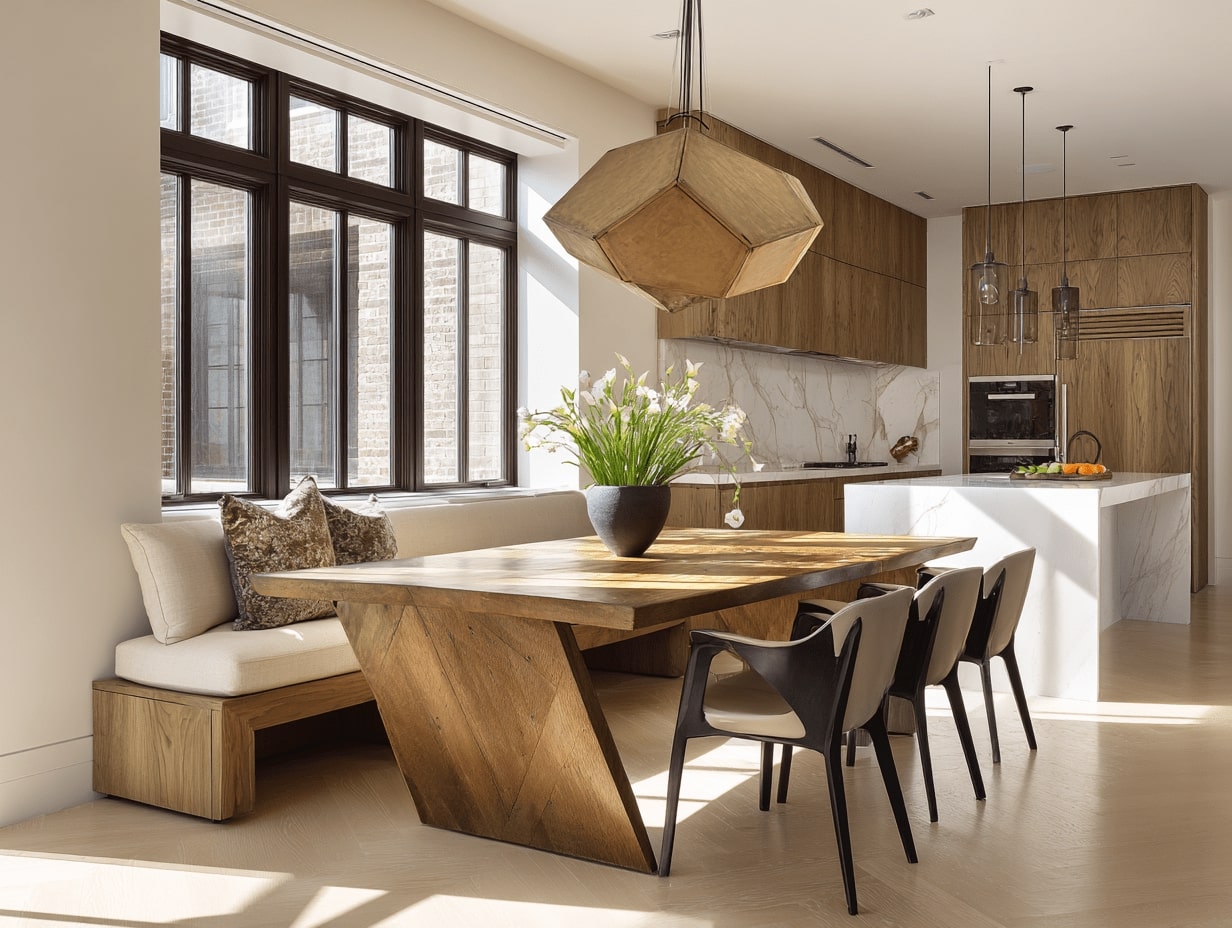
-
Reflects Personal Style
Furniture choices reflect our tastes and preferences. Whether we favor modern, traditional, or eclectic styles, the right pieces communicate our identity.
-
Enhances Functionality
Selecting functional furniture optimizes space usage. It ensures that living areas serve their intended purpose, whether for relaxation, work, or social gatherings.
-
Creates Visual Balance
Appropriate furniture promotes visual balance. Considering scale and proportion prevents overcrowding, allowing each piece to stand out while contributing to a harmonious environment.
-
Sets the Mood
The style and color of furniture influence the mood of a room. Soft colors and comfortable furnishings create relaxation, while bold pieces energize the atmosphere.
-
Affects Flow and Movement
Furniture arrangement impacts how we navigate a space. We create an inviting flow by placing furniture strategically, allowing for easy movement and interaction.
-
Contributes to Durability
Choosing quality materials adds longevity. Durable furniture withstands wear and tear, providing value over time while maintaining its visual appeal.
By prioritizing furniture selection, we establish spaces that are both functional and aesthetically pleasing, enhancing our living experience.
Understanding Your Space
Understanding our space forms the foundation of effective furniture selection. By grasping room dimensions and functionality, we can create harmonious environments tailored to our needs.
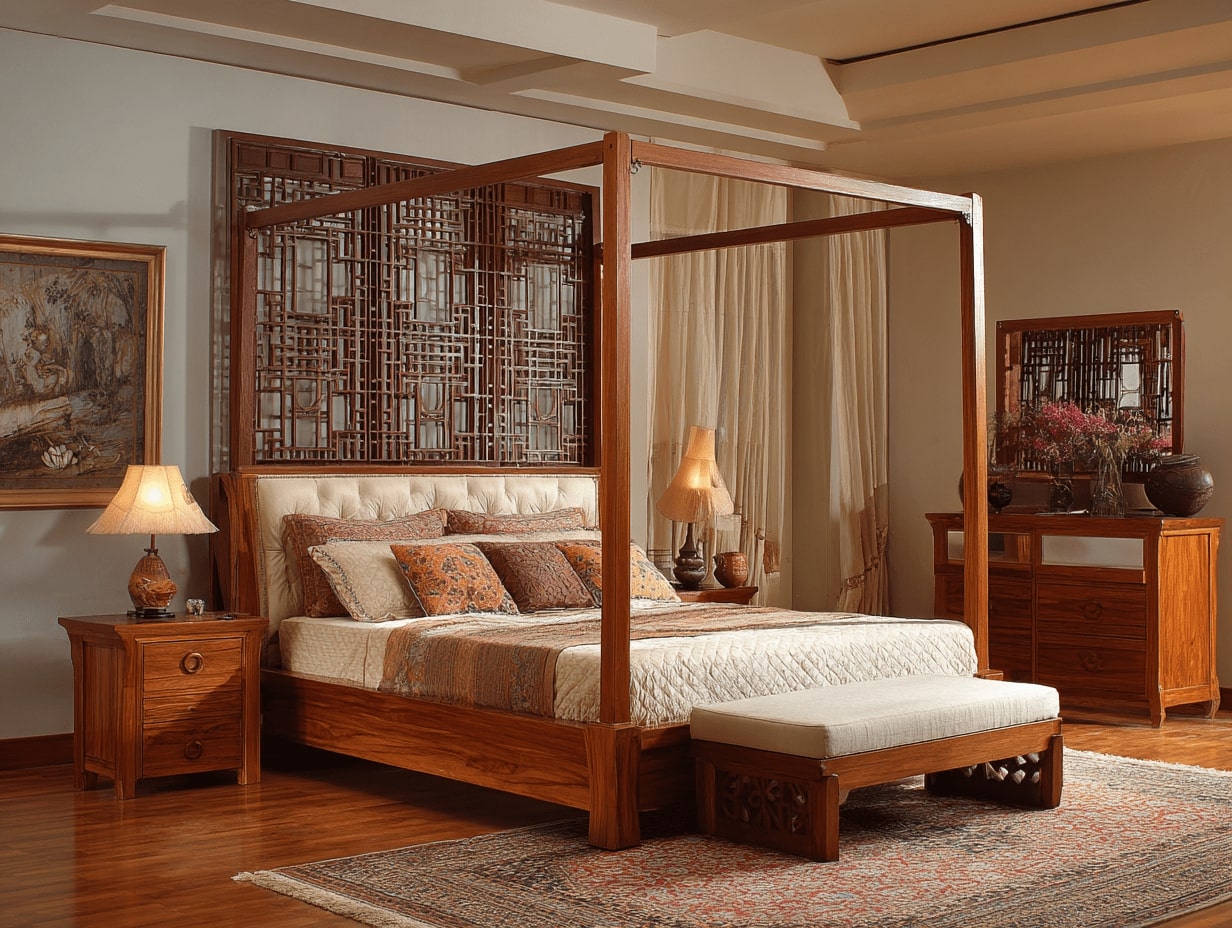
Assessing Room Dimensions
Assessing room dimensions is vital for choosing appropriately sized furniture. We measure length, width, and height to establish clear parameters. Consider these steps:
- Measure: Use a tape measure to capture accurate dimensions of walls, doors, and windows.
- Map: Sketch a floor plan, noting fixed features like radiators and built-ins to visualize space.
- Scale: Identify furniture pieces’ proportions in relation to room size, ensuring flow and accessibility.
Evaluating Functionality
Evaluating functionality ensures our furniture meets practical needs without compromising style. Elements to consider include:
- Purpose: Define each room’s primary function, whether it’s relaxation, dining, or work.
- Durability: Choose materials that withstand daily use, especially in high-traffic areas.
- Flexibility: Opt for adaptable furniture options, such as extendable tables or modular seating, that suit various occasions.
By thoroughly understanding our space, dimensions and functionality, we make informed furniture selections that enhance our living environments.
Choosing the Right Style
Selecting the right style of furniture forms the backbone of effective interior design. Our choices should align with our overall vision, enhancing both aesthetics and functionality.
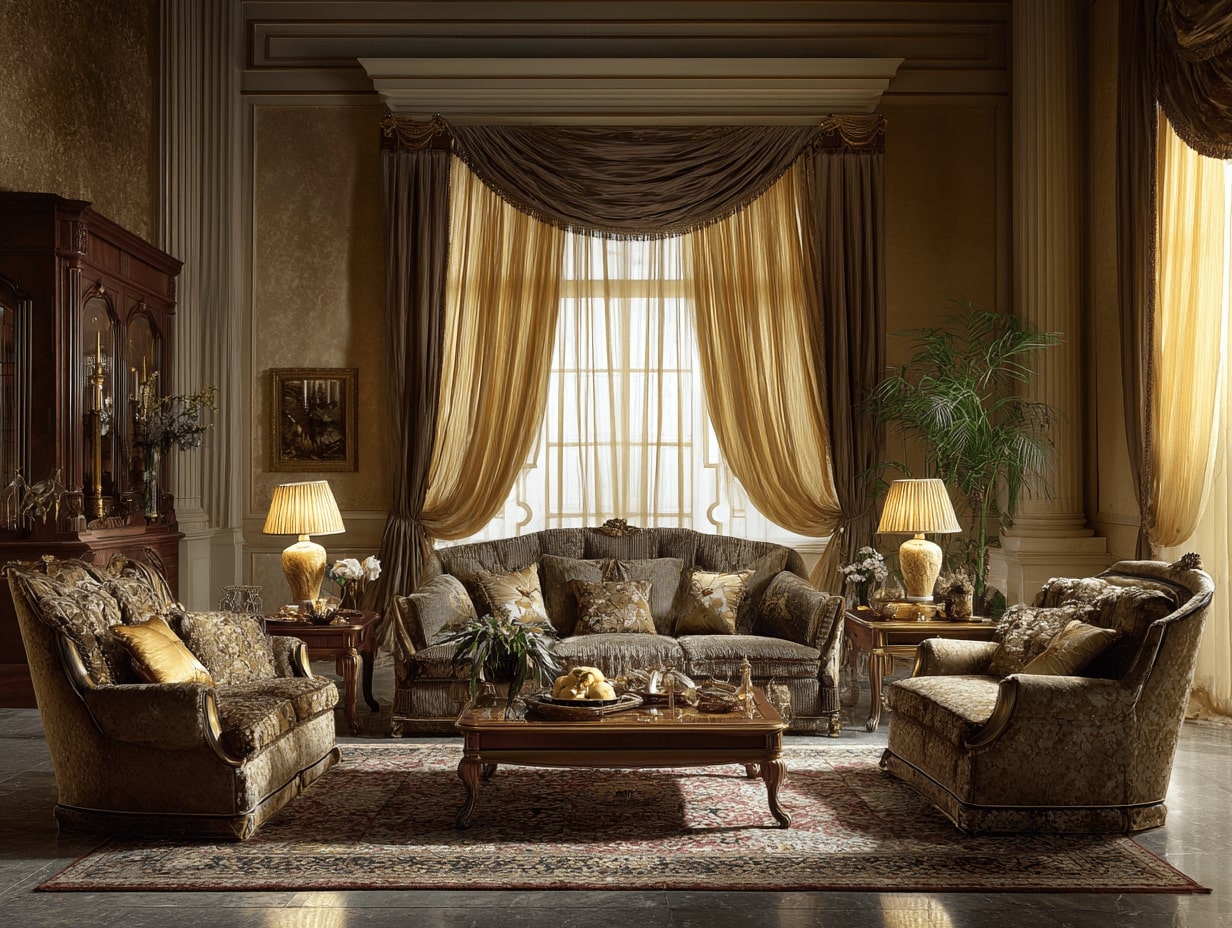
Traditional vs. Modern Aesthetics
Traditional aesthetics often feature classic styles, rich woods, and intricate details, creating warmth and elegance. This style suits spaces aiming for a timeless look. Modern aesthetics, on the other hand, emphasize minimalism, clean lines, and neutral palettes. This approach fosters a fresh, open atmosphere in any room. When choosing, we consider how each style resonates with our personality and the intended mood of the space. Blending elements from both styles can produce unique, inviting setups.
Popular Design Trends
Current trends include sustainable materials, multifunctional furniture, and bold colors. Sustainable materials prioritize eco-friendliness, elevating spaces while being mindful of the environment. Multifunctional furniture, like sofa beds or ottomans with storage, maximizes utility, especially in smaller areas. Bold colors can serve as focal points, energizing or softening our interiors. By staying informed on trends, we adapt our choices to reflect contemporary sensibilities, ensuring our spaces remain stylish and relevant.
Materials and Durability
Selecting the right materials significantly influences furniture longevity and overall design integrity. Understanding material properties helps us make informed choices that enhance both function and style.
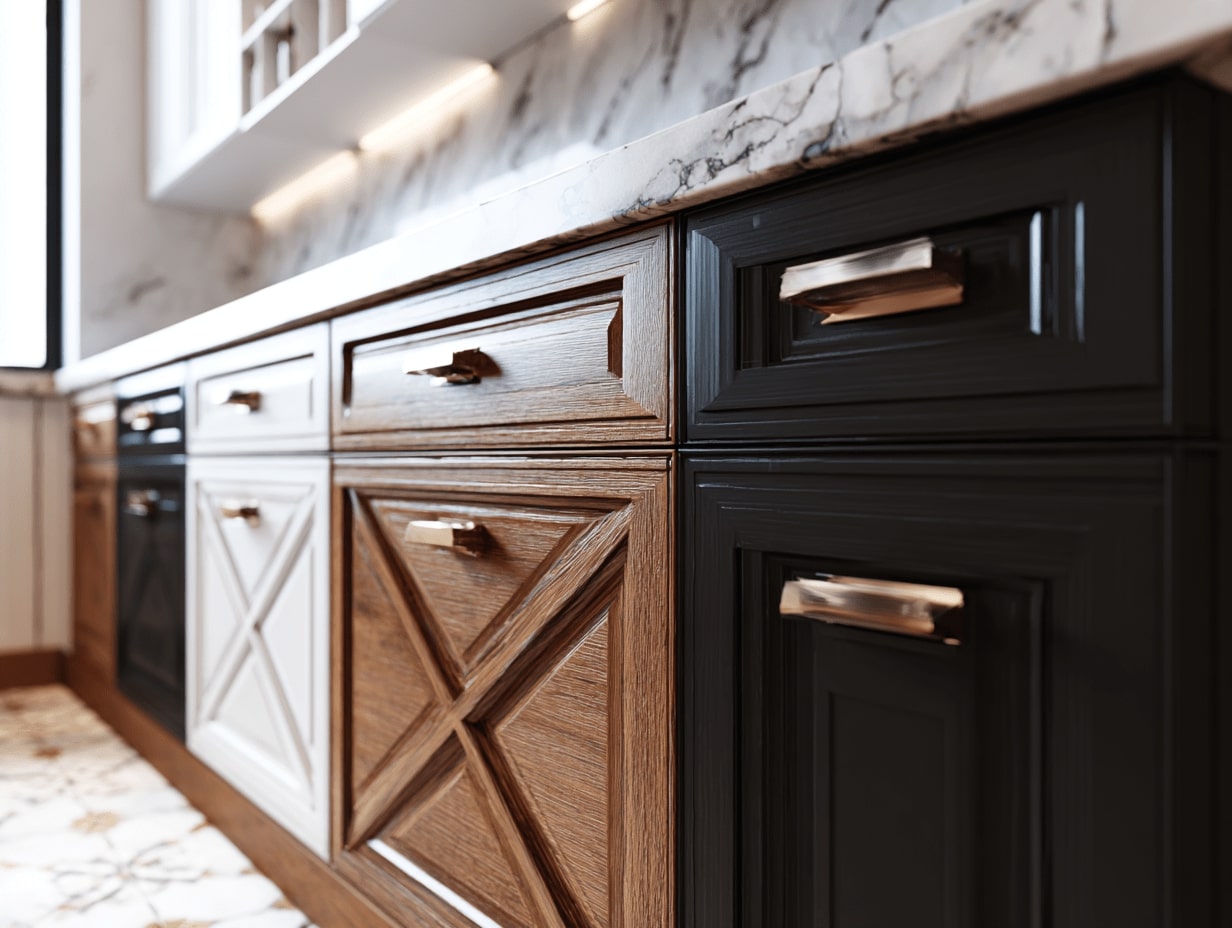
Wood, Metal, and Upholstery Options
- Wood: Durable and versatile, wood options like oak, maple, and teak offer a range of aesthetics. Hardwood ensures longevity, while softer woods like pine are lightweight but less durable. Finishes can enhance resistance to wear and moisture.
- Metal: Metal provides strength and a modern look. Stainless steel and aluminum resist corrosion, while wrought iron offers strength and an industrial feel. Metal frames can be lighter yet robust, making them suitable for both indoor and outdoor use.
- Upholstery: Upholstery materials like leather, cotton, and polyester vary in comfort and maintenance. Leather offers elegance and durability but requires upkeep. Natural fibers like cotton are breathable, while synthetic options deliver stain resistance and easy care.
Sustainability in Furniture Choices
- Sustainable Materials: Selecting sustainably sourced wood and recycled metals minimizes environmental impact. Furniture made from bamboo grows rapidly and offers excellent durability.
- Eco-friendly Practices: Manufacturers that use low-VOC finishes promote healthier indoor air quality. Supporting local artisans reduces carbon footprints associated with transportation.
- Longevity Focus: Investing in high-quality pieces encourages longevity, reducing the need for replacements. Durable designs and timeless styles foster sustainability by prioritizing long-term use over disposable fashion.
Choosing materials carefully enhances the durability and sustainability of our furniture selections, ultimately contributing to an inspired, lasting design.
Color and Texture Considerations
Color and texture significantly impact the overall aesthetic and mood of any space. Thoughtful selection enhances harmony and visual appeal in our interior design.

Color Psychology in Interior Design
Color influences emotion and perception. We can utilize color psychology to evoke specific feelings within our spaces. For instance, warm colors like red and orange create energy and excitement, making them ideal for social areas. Cool colors such as blue and green foster calmness and relaxation, suitable for bedrooms or study areas. Neutral tones—grays, whites, and beiges—create versatile backdrops that allow furniture and decor to stand out. When selecting colors, we should consider the room’s purpose, the amount of natural light, and how the colors interact with one another. By choosing a cohesive color palette, we can create a unified and inviting atmosphere throughout our home.
Balancing Textures for Visual Interest
Texture adds depth and complexity to our interior spaces. We can enhance visual interest by combining different textures. For example, pairing smooth leather sofas with woven fabric cushions introduces tactile variety. Incorporating natural elements, like wood or stone, adds warmth and earthiness to a design. Metallic accents provide contrast and sophistication, while fabrics like velvet or linen contribute softness and comfort. When balancing textures, we should maintain consistency in style and color schemes to avoid overwhelming the space. Textural contrast invites engagement and creates a dynamic environment, ensuring our furnishings remain visually appealing and inviting.
Conclusion
Furniture selection plays a pivotal role in shaping our interior spaces. By thoughtfully considering scale, proportion, materials, and colors, we enhance not just the aesthetic appeal but also the functionality of our environments. Understanding our space’s dimensions and defining each room’s purpose sets a solid foundation for informed choices.
Selecting a style that resonates with our personal taste lets us create unique atmospheres. Whether we lean toward traditional or modern aesthetics, blending elements can yield inviting and functional setups. Durability remains crucial, as the choice of materials influences the longevity and sustainability of our furniture.
We also recognize the significance of color and texture. Using a cohesive color palette and incorporating various textures elevates the overall design. By focusing on these essential elements, we foster inspiring, functional, and aesthetically pleasing spaces that reflect our unique styles and preferences.
- best furniture for design
- consulting furniture for interiors
- furniture design guide
- furniture for stunning spaces
- furniture selection for homes
- furniture selection tips
- furniture selection tips for designers
- guide to choosing furniture
- home interior furniture selection
- home styling furniture guide
- how to choose furniture
- interior decor furniture guide
- interior design furniture advice
- interior design furniture guide
- interior design furniture ideas
- interior designer furniture advice
- selecting furniture for home
- stunning interior design spaces
- stylish furniture for interiors
- ultimate furniture selection
Submit your architectural projects
Follow these steps for submission your project. Submission FormLatest Posts
Transform Your Home: Lampshades to Elevate Your Lighting Scheme with Style
Transform your home's ambiance with stylish lampshades! Discover how the right shapes,...
Top Bathroom Cabinet Design Tips to Enhance Style and Functionality
Discover expert bathroom cabinet design tips to elevate both style and functionality...
Custom Furniture That Fits Your Interior Design Plan
Walk into a studio where the desk, shelving, and lighting line up...
Best Bedroom Furniture Ideas for a Stylish and Functional Space
Transform your bedroom into a serene sanctuary with the best furniture ideas!...












Leave a comment